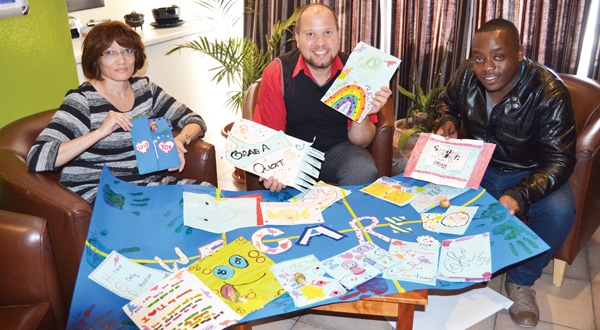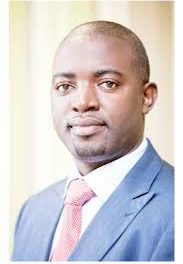
First science journal launched

Deputy Minister of Education, Hon Silvia Makgone holding the first-ever science journal in Namibia titled “The International Science and Technology Journal of Namibia (ISTJN)” (Photograph by Daniel Kavishe)
Speaking at the event, the Dean of the Faculty of Science, Dr. Frednard Gideon stated, “the journal reflects the multi-disciplinary nature of the field of science and technology. It addresses the needs of multiple interlocking communities including methodologists in mathematics, statistics and econometrics as well as basic and applied scientists in biology,chemistry, physics, public health, medicine, education, mining, geology, computing, food processing, agriculture and engineering.”
The event was also graced by the Deputy Minister of Education, Hon Silvia Makgone who stated that UNAM had made a noteworthy achievement. She called on all the staff and students present to continue making strides in the field of science to ensure that other journals of this nature are published by the institution. Also present at the event was Dr Eino Mvula, Chairman of the National Commission on Research, Science and Technology (NCRST). NCRST provided the necessary funding for the publication of the first journal.
The event was launched under the banner of Science Innovation Day as other notably achievements of the Faculty of Science were presented. “This year the Faculty of Science will hold its first-ever research conference to provide opportunities to our scientists and students to showcase their research work in the form of posters and oral presentations,” stated Dr Gideon. He said the new postgraduate programmes in petroleum geology, nuclear physics and microbiology are some of the small but noticeable ways in which the faculty is meeting local demand for skills which are in short supply.
The Faculty of Science is this year home to 1542 undergraduate students and 95 postgraduate students. The 20 member staff team includes 7 professors and 12 senior lecturers.













































